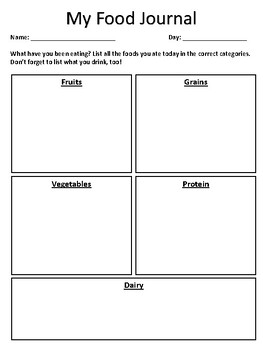What Are You Eating? A Nutrition and Percentages Mini-Unit
- PDF
Also included in
- This bundle combines all of my middle school math resources at a nice discount. The included products are:7th grade Daily Math Vocabulary (daily vocabulary practice using 7th grade CCSS math terms)Fraction Vocabulary Poster (a quick reference, because we all forget the terms)M&M Percent WorksheePrice $21.40Original Price $26.75Save $5.35
Description
A unit plan that practices food groups, nutrition, meal planning, unit rates, percentages, vocabulary, and writing skills all in one! My colleagues asked for it, and I gave it to them. I developed this cross-curricular unit to use with my middle school ESL students. Since my students are very low linguistically, I needed a unit that would help them with their vocabulary as well as teach them the academic content. Included are brief directions for each of the 9 days, materials lists (you will need a large quantity of grocery ads, as well as scissors, glue, and markers), and graphic organizers for each lesson.
Science / Health component:
Students will learn English vocabulary for foods, food groups, food quantifiers, and nutrition. Students will learn about nutrition and healthy eating. Specifically, they will study the Choose My Plate graphic organizer and the five basic food groups. They will practice identifying and classifying foods by name and group. They will plan a week’s worth of healthy meals and snacks that meet the recommended nutritional guidelines for the food group areas.
Math component:
Students will be given a budget of $150 to feed a family of four for one week. They will use the meal plans they developed in the science component and grocery ads to create a shopping list that includes the items to be purchased, the quantity, the price per item, and the total price for the required quantity. If needed, food plans may be adjusted to fit within the budget but must remain within the nutritional recommendations and guidelines. Finally, students will organize their shopping list by food group and figure out what percent of their budget is being spent on each food group, comparing that to the recommended percentage of consumption for that food group. The unit can be extended to work on circle graphs as well, and a suggestion for doing this is included.
ELA component:
Vocabulary will be discussed, and spelling practiced in many of the activities. The food journal will be a list, but after five days of the journal, students should write a reflective piece about their food choices.






